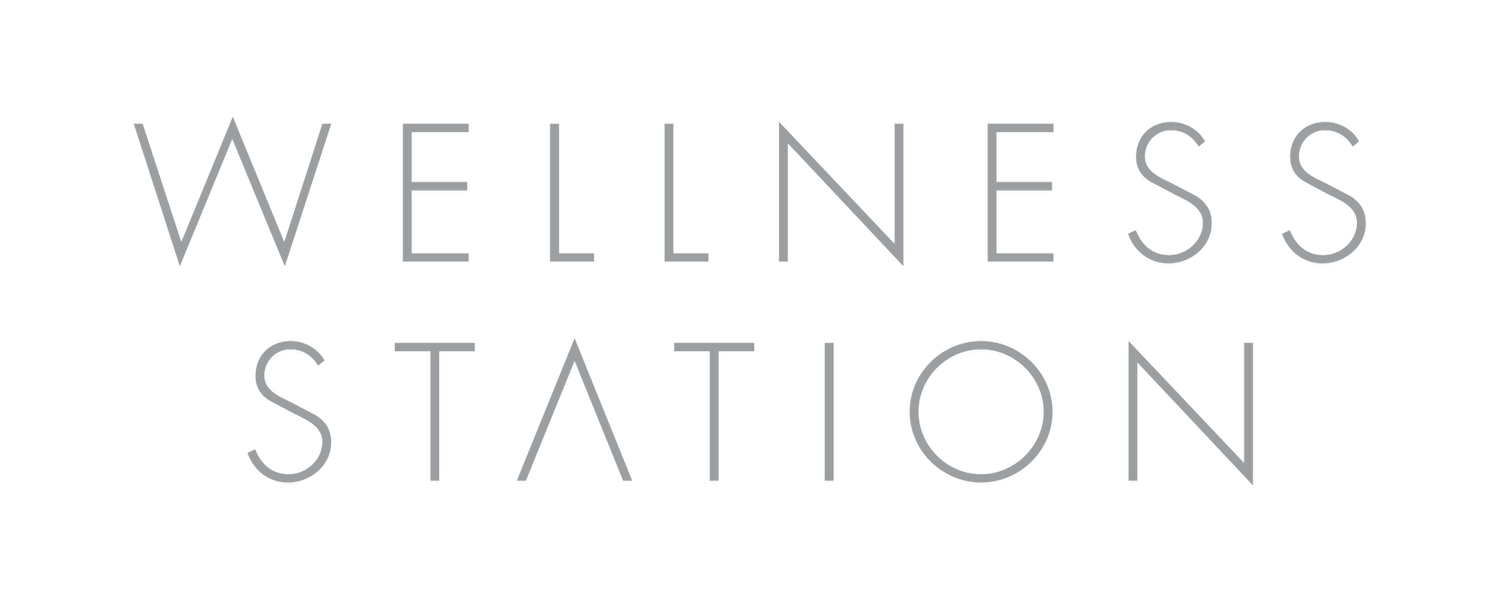Building Bone Density the Right Way: Lessons from the LIFTMOR Study
Stronger Bones Start with Heavier Loads: What the LIFTMOR Study Teaches Us
Osteoporosis is often referred to as a "silent disease" – it progresses without obvious symptoms until a fracture occurs. At Wellness Station Exercise Physiology, we work with many clients seeking to strengthen their bones and reduce their risk of fractures. While walking and light resistance training are often recommended for general health, these activities may not be enough to meaningfully improve bone mineral density (BMD) in those at risk of osteoporosis.
That’s where the LIFTMOR study makes a difference.
What is the LIFTMOR Study?
LIFTMOR stands for Lifting Intervention For Training Muscle and Osteoporosis Rehabilitation. This Australian study, led by Dr Belinda Beck and colleagues, explored the effects of high-intensity resistance and impact training on postmenopausal women with low bone mass. It is one of the most well-regarded studies to show that lifting heavy loads is both safe and effective in improving BMD in this population.
Participants performed compound movements such as:
Barbell deadlifts
Back squats
Overhead presses
Jumping chin-ups with drop landings
These were completed at 80–85% of their 1-repetition maximum (1RM), twice per week for 8 months.
The Results?
Compared to a control group, participants in the LIFTMOR intervention group experienced:
Significant improvements in bone mineral density at the spine and hip
Increased functional strength
Better posture and reduced risk of falls
Importantly, no injuries were recorded during the program despite the heavy loads and impact-based movements.
Why “Heavy Enough” Matters
Typical gym routines often involve light to moderate resistance, such as 2kg–5kg dumbbells or machine circuits with minimal load. While these movements may improve general fitness or muscle endurance, they don’t provide enough mechanical strain to stimulate bone growth.
Bone responds to high strain, high velocity, and progressive overload – the very elements featured in the LIFTMOR protocol. If the resistance is too light, bone-building cells (osteoblasts) simply aren’t triggered to lay down new bone tissue.
What This Means for You
If you're attending a group class or performing the same light dumbbell routine each week, it may be time to reassess. Under the guidance of an Accredited Exercise Physiologist, you can safely build toward the kinds of loading that promote real improvements in bone density – even if you're starting from a low base.
We commonly begin with form correction, postural retraining, and strength foundations before progressing to heavier resistance. Safety, supervision, and proper technique are always our first priorities.
Our Program: Better Bones and Balance
At Wellness Station, we’ve integrated the key principles of the LIFTMOR study into our Better Bones and Balance program – but we don’t stop there.
While the study provides a strong evidence base for using high-intensity resistance and impact loading to improve bone mineral density, our program builds on this foundation to meet the real-world needs of our clients. In addition to structured strength progression, our classes incorporate:
Individualised injury management strategies for participants with joint pain, osteoarthritis, spinal conditions or past fractures
Balance and proprioception training to reduce fall risk and enhance confidence with daily movement
Postural correction and mobility work tailored to address age-related changes and functional limitations
We also ensure all movements are supervised by Accredited Exercise Physiologists and adapted to your current capacity, so you're safely challenged but never pushed beyond what your body is ready for.
It’s not just about lifting heavy – it’s about moving well, recovering stronger, and reducing the risk of both fractures and functional decline.
Key Takeaway
The LIFTMOR study changed the game by showing that heavy lifting is not only safe for people with low bone mass – it’s essential. If you’ve been told to “just walk more” or “lift light weights,” know that more is possible – and necessary – for strong, resilient bones.
Reference List
Watson, S. L., Weeks, B. K., Weis, L. J., Harding, A. T., Horan, S. A., & Beck, B. R. (2015). High-intensity resistance and impact training improves bone mineral density and physical function in postmenopausal women with osteopenia and osteoporosis: The LIFTMOR randomized controlled trial. Journal of Bone and Mineral Research, 30(5), 822–828. https://doi.org/10.1002/jbmr.2409
Beck, B. R., Daly, R. M., Singh, M. A. F., & Taaffe, D. R. (2017). Exercise and Sports Science Australia (ESSA) position statement on exercise prescription for the prevention and management of osteoporosis. Journal of Science and Medicine in Sport, 20(5), 438–445. https://doi.org/10.1016/j.jsams.2016.10.001
Watson, S. L., Weeks, B. K., Weis, L. J., & Beck, B. R. (2017). Heavy resistance training is safe and improves bone, function, and stature in postmenopausal women with low to very low bone mass: Novel findings from the LIFTMOR trial. Osteoporosis International, 28, 2675–2686. https://doi.org/10.1007/s00198-017-4122-8

